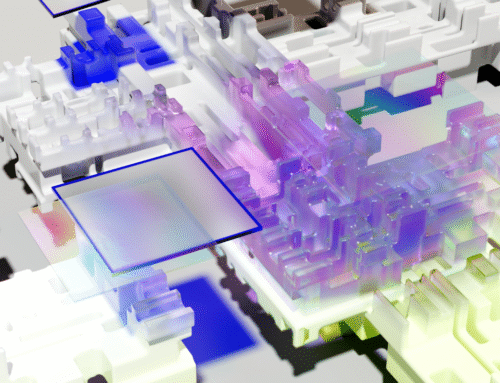As cyberattacks become more advanced and harder to detect, traditional antivirus (AV) software is no longer enough to keep businesses secure. Organisations are increasingly turning to a more modern, proactive solution: Managed Endpoint Detection and Response (EDR). This shift marks a significant evolution in how companies approach cybersecurity.
Traditional Antivirus vs. EDR: What’s the Difference?
Traditional antivirus focuses on stopping known threats, while EDR is designed to detect and respond to modern, evolving attacks. Here’s how they differ:
- Signature-Based Detection vs. Behavioural Analysis – Traditional AV only blocks threats it recognises based on known malware signatures, whereas EDR uses AI and behaviour analysis to detect unusual activity, even from new and unknown threats.
- Scheduled Scans vs. Real-Time Monitoring – While AV scans files at set times, EDR continuously monitors your systems in real time, allowing it to catch threats as they happen.
- Alerts Only vs. Actionable Responses – AV typically sends an alert and leaves the response up to the user; in contrast, EDR can automatically isolate infected devices and start remediation instantly.
- Basic Malware Blocking vs. Advanced Threat Protection – Traditional AV struggles with threats like ransomware or fileless attacks, but EDR is built to handle them by detecting abnormal behaviour and stopping attacks before they spread.
- Limited Logs vs Full Visibility – Antivirus may offer basic event logs, but EDR provides detailed forensic data and activity tracking, giving businesses better visibility and support for compliance requirements.
The Challenges With EDR
Despite its advantages, EDR can be difficult for businesses to manage effectively. Some common challenges include:
- Alert Fatigue – EDR tools can generate excessive alerts, and without proper filtering, security teams may be overwhelmed by alert fatigue.
- Complex Setup – Configuring EDR effectively means aligning it with your infrastructure, risk posture, and business goals. Poor setup can lead to detection gaps and false positives.
- Lack of 24/7 Coverage – EDR works best with continuous monitoring, but many organizations lack the resources to respond to threats outside regular hours.
- Limited In-House Expertise – Effective use of EDR requires specialists who can monitor activity, assess threats, and take appropriate action in real time.
The Consequences of a Cyberattack
Apart from the usual data breach consequences such as financial loss, reputational damages and legal trouble, educational institutions will also face massive repercussions with:
Impact on Research and Grants – Losing years of research data can significantly hinder researchers’ progress. Disrupted timelines and diminished trust can jeopardize future investments or funding renewals.
Heighten Political Tensions – Cyberattacks on educational institutions, especially from state-sponsored threat actors, can trigger debates on national security, academic freedom, the protection of sensitive research, and even international espionage.
Operational Disruptions – The downtime and system failures lead to delay in administrative tasks such as enrolment, assignment submissions, application processes, and transcript distribution. Thus, the disruptions will overwhelm staff members, causing further delays, like graduations and errors.
Why Managed EDR is the Solution
Managed EDR bridges the gap between technology and expertise by combining advanced EDR tools with a dedicated team of cybersecurity professionals. This service offers:
- Proactive threat detection stops suspicious activity before it escalates and cause damages.
- Around the clock monitoring and expert response that responds to threats at any time, day or night.
- Faster incident resolution through real-time monitoring, automated containment, and immediate expert intervention to minimize downtime and impact.
- Compliance and reporting advantages through detailed logs and audit-ready documentation.
With Managed EDR, businesses gain more than just protection; they benefit from continuous coverage, quicker recovery, reduced operational burden, and the confidence that their systems are being watched by professionals who are ready to act at all times.
Is It Time to Switch to Managed EDR?
Traditional antivirus solutions weren’t built for the kinds of threats businesses face today. As cyberattacks grow more complex, organisations need security that not only detects threats but also responds and adapts in real time. Managed EDR meets this need by providing a more capable and responsible approach, by combining advanced technology with expert support. It’s not just a technical upgrade; it’s a strategic investment in resilience and long-term protection.
Contact us today to learn how Managed EDR can protect your business from modern threats!





